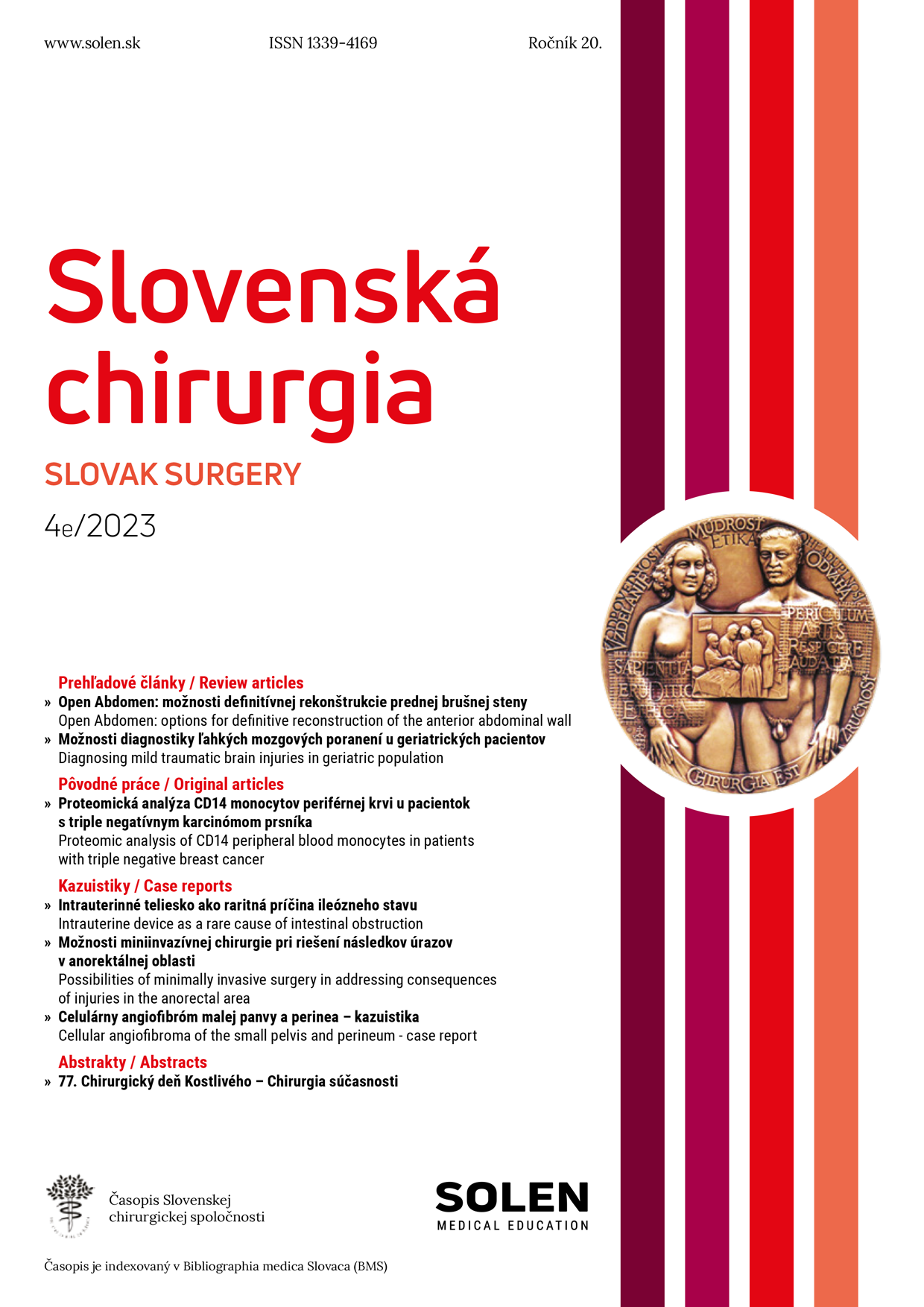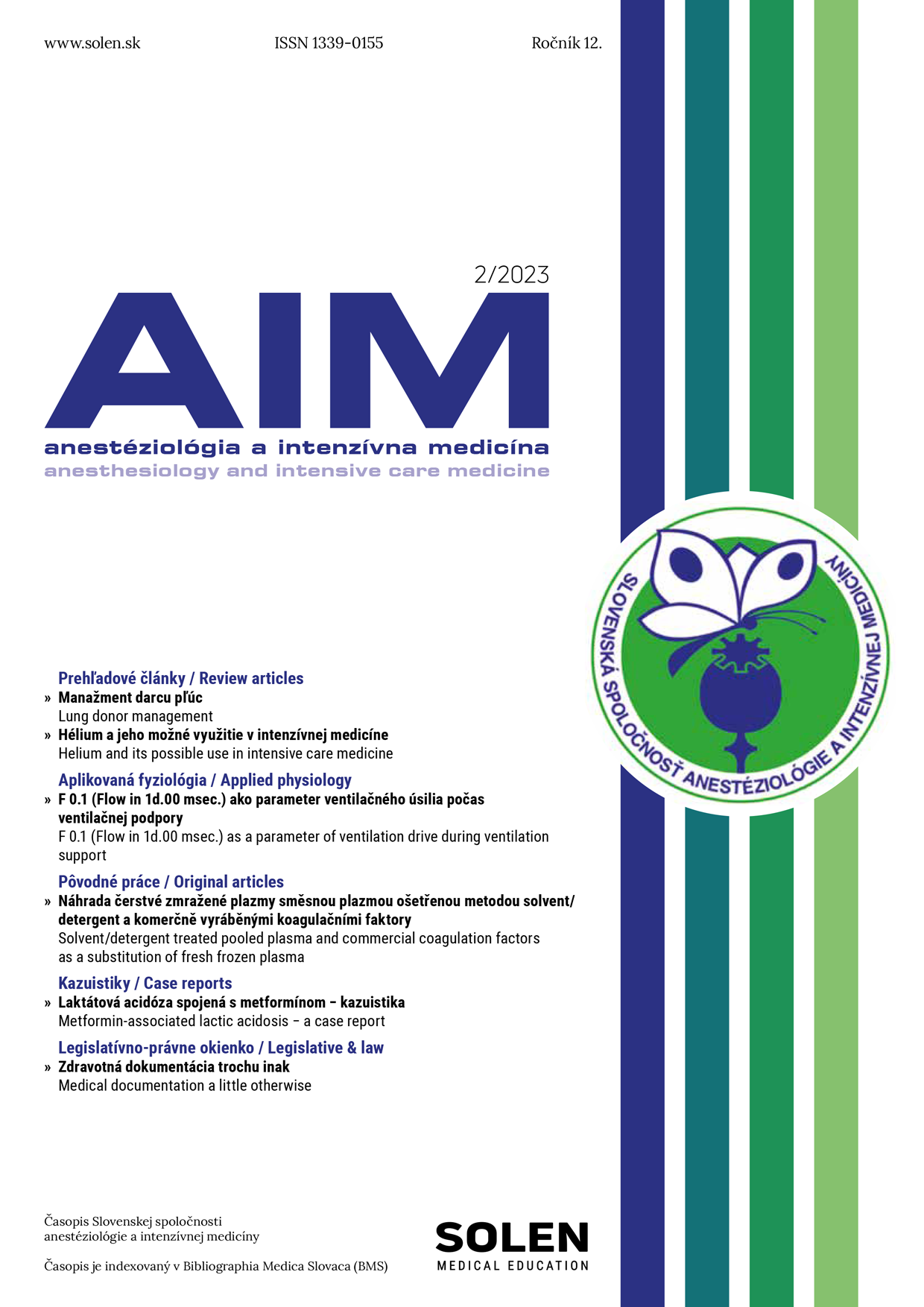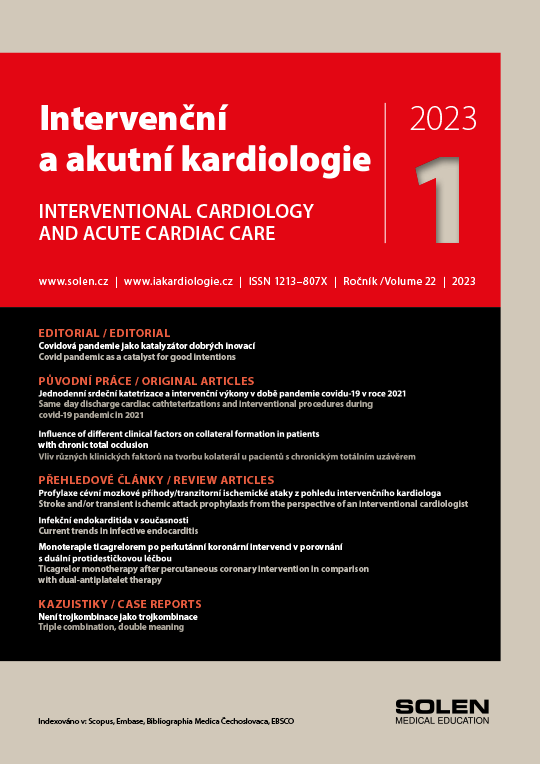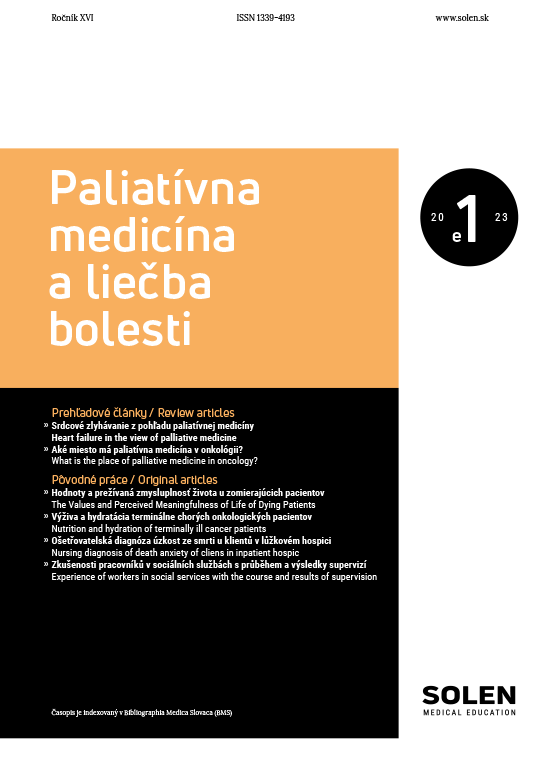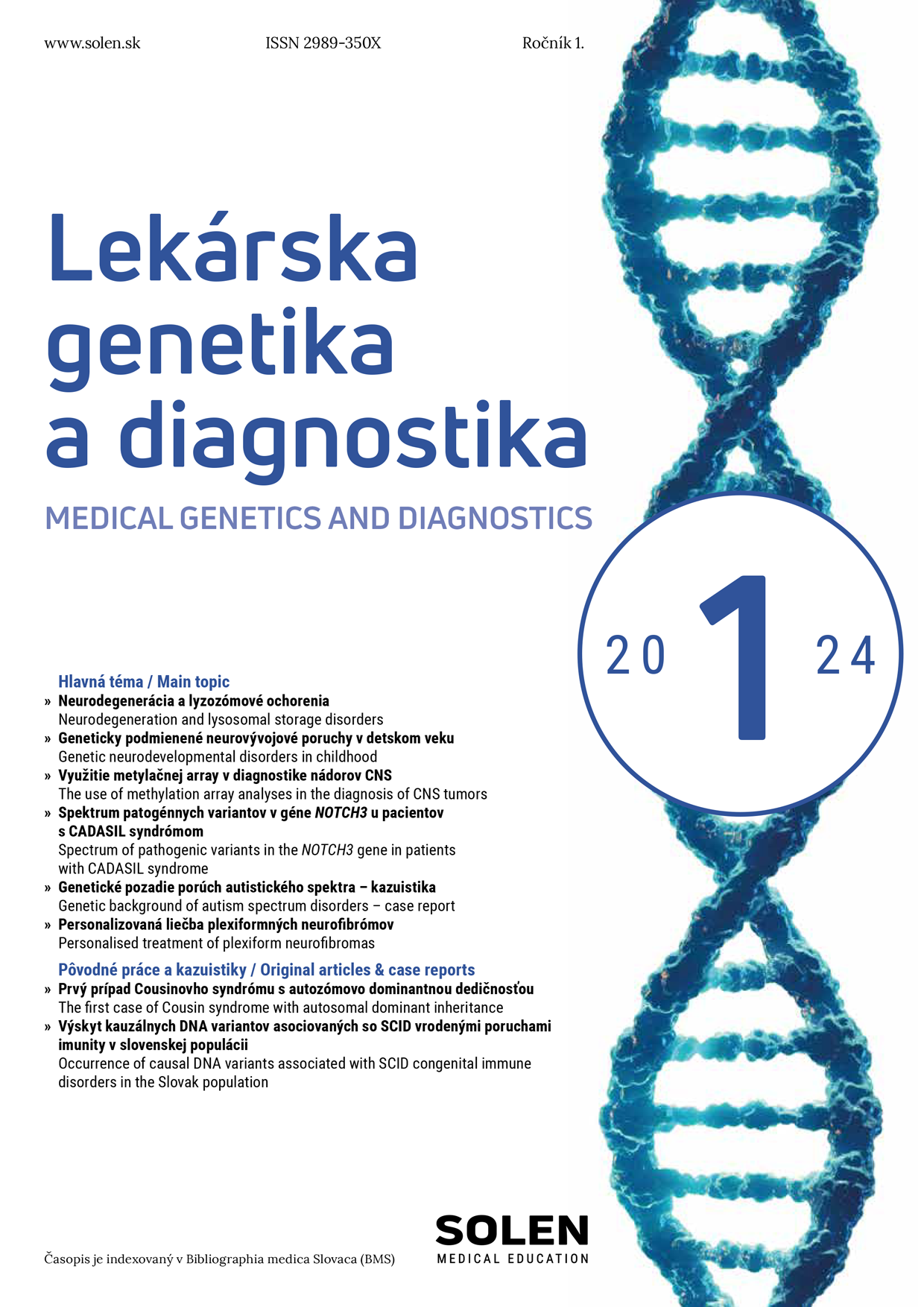Neurológia pre prax 1/2018
Neurostimulace v léčbě farmakorezistentní epilepsie
Prof. MUDr. Milan Brázdil, Ph.D.
V současné péči o pacienty trpící farmakologicky nekompenzovatelnou epilepsií nacházejí stále častější využití neurostimulační metody. Důvodem je plně legitimní snaha nabídnout zásadně lepší kvalitu života i těm jedincům, u nichž je ze závažných důvodů resekční epileptochirurgie nevhodná. V případě neurostimulací jde o zákroky paliativní, tedy takové, jejichž cílem je alespoň významné snížení počtu záchvatů, především záchvatů s rizikem poranění. Ačkoli úplné potlačení záchvatů je při jejich použití poměrně vzácné, prokazatelně dlouhodobě účinné jsou standardní neurostimulační postupy u více než poloviny léčených jedinců. Současně je pro ně typickým rysem, že s délkou stimulace se jejich účinnost progresivně zlepšuje. V praxi nejdéle a nejčastěji používaná je metoda chronické stimulace bloudivého nervu, jejíž přínos byl nesčetněkrát potvrzen u pacientů dospělých i dětí s různým typem epilepsie. Nověji byly zavedeny do klinické epileptologie metody hluboké mozkové stimulace (především stimulace předních talamických jader). Ke klinickému použití jsou v současnosti dostupné také metody transkutánní stimulace hlavových nervů (n. vagus a n. trigeminus), jejich skutečná účinnost však zatím zůstává nejistá.
Kľúčové slová: stimulace nervus vagus, hluboká mozková stimulace, transkutánní stimulace hlavových nervů, farmakorezistentní epilepsie
Neurostimulation in treating pharmacoresistant epilepsy
The contemporary care of patients with pharmacologically unmanageable epilepsy increasingly involves the use of neurostimulation methods. The reason is an entirely legitimate effort to offer a substantially better quality of life even in those in whom resection epilepsy surgery is not suitable for serious reasons. In the case of neurostimulation, palliative interventions are used, i.e. their goal is to at least significantly reduce the number of seizures, particularly those where there is a risk of injury. Although complete suppression of seizures is relatively rare with their use, standard neurostimulation techniques have been shown to have long-term efficacy in more than half of the individuals treated. Moreover, their typical feature is that, with increasing duration of stimulation, their efficacy improves progressively. The method of chronic vagus nerve stimulation, whose benefit has been confirmed numerous times in both adult and paediatric patients with various types of epilepsy, has been the longest and most frequently used method in the practice. More recently, methods of deep brain stimulation (particularly stimulation of the anterior thalamic nuclei) have been introduced in clinical epileptology. The methods of transcutaneous cranial nerve stimulation (the vagus nerve and the trigeminal nerve) are also currently available for clinical use; however, their true efficacy still remains uncertain.
Keywords: vagus nerve stimulation, deep brain stimulation, transcutaneous cranial nerve stimulation, pharmacoresistant epilepsy


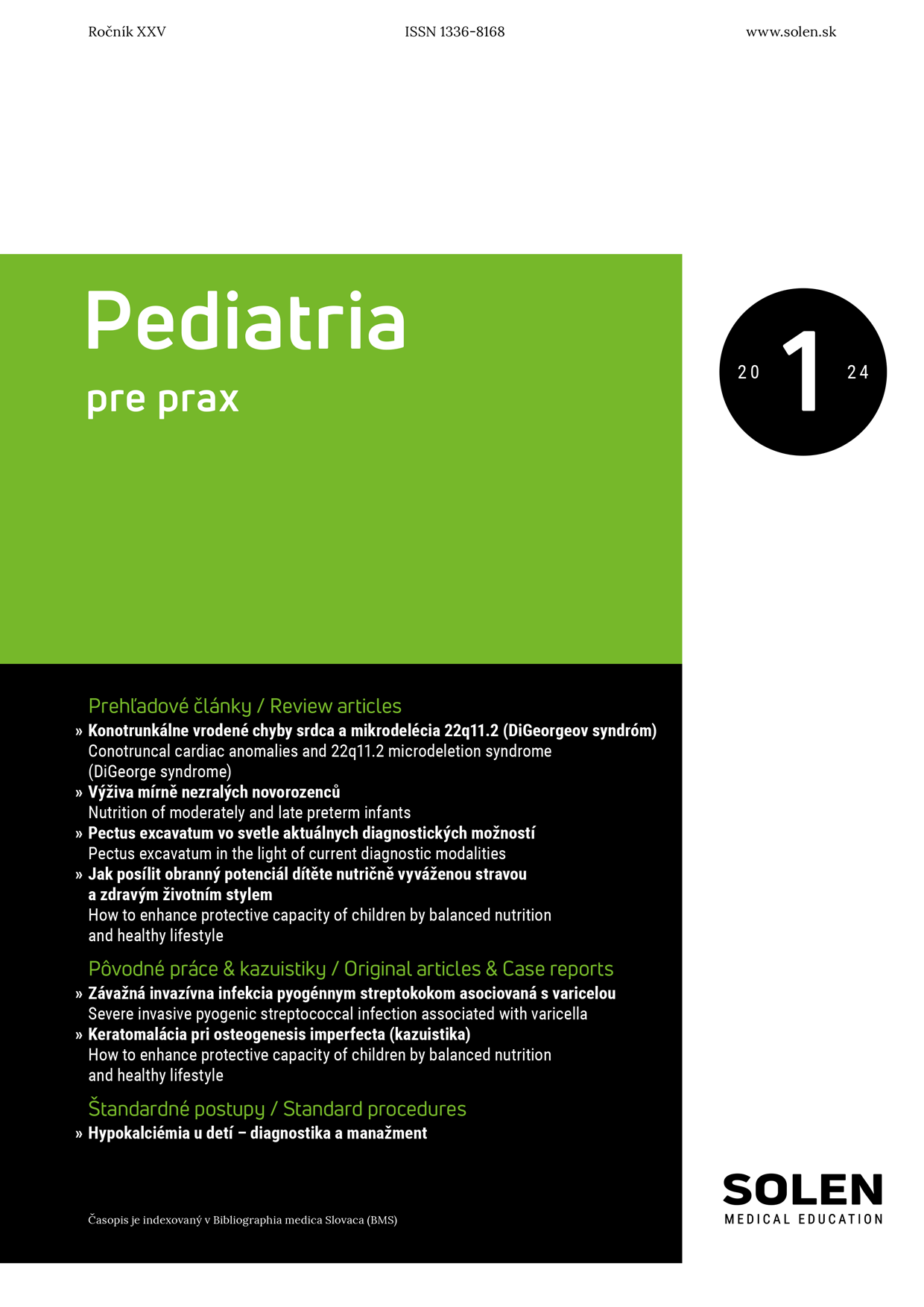
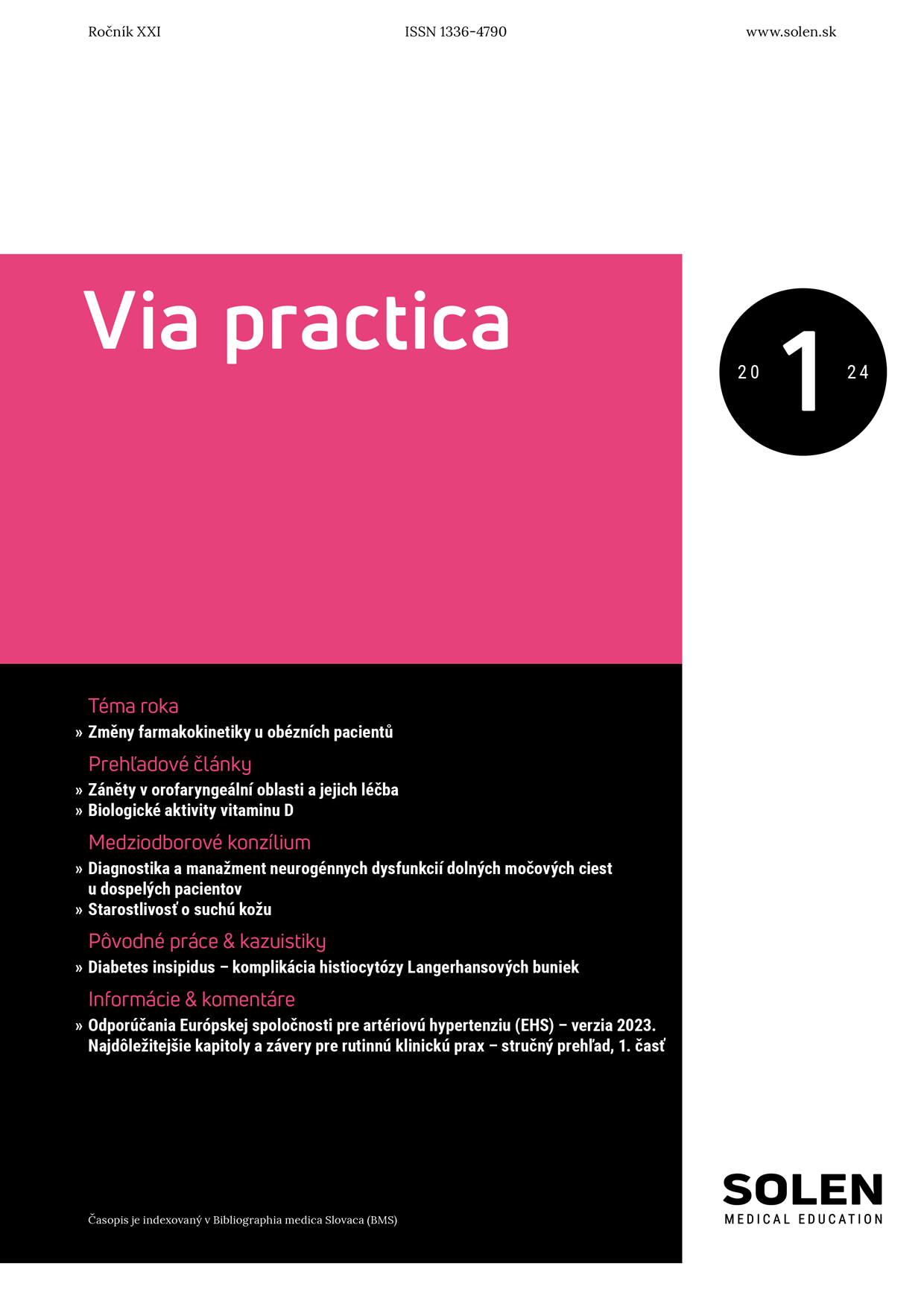
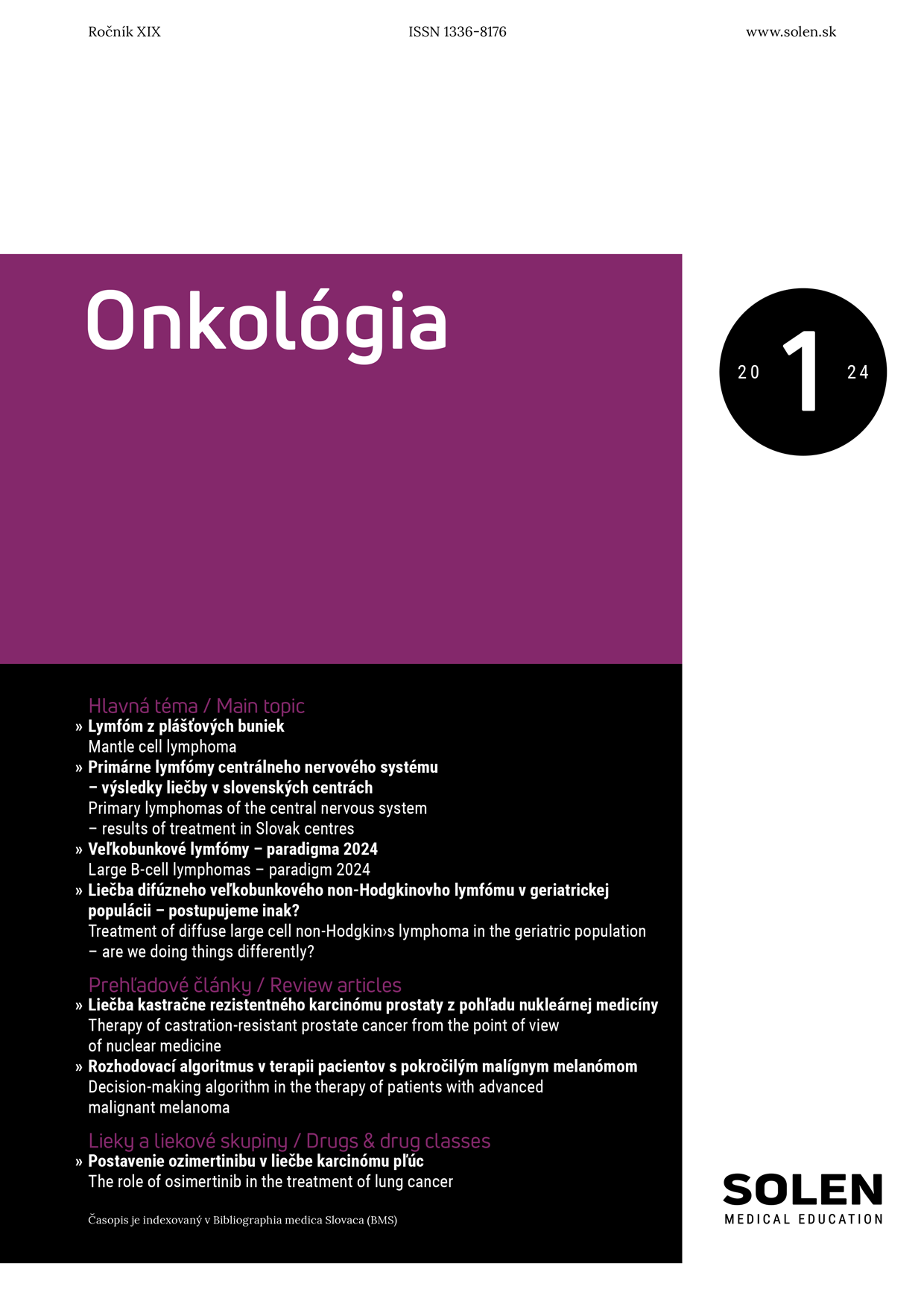
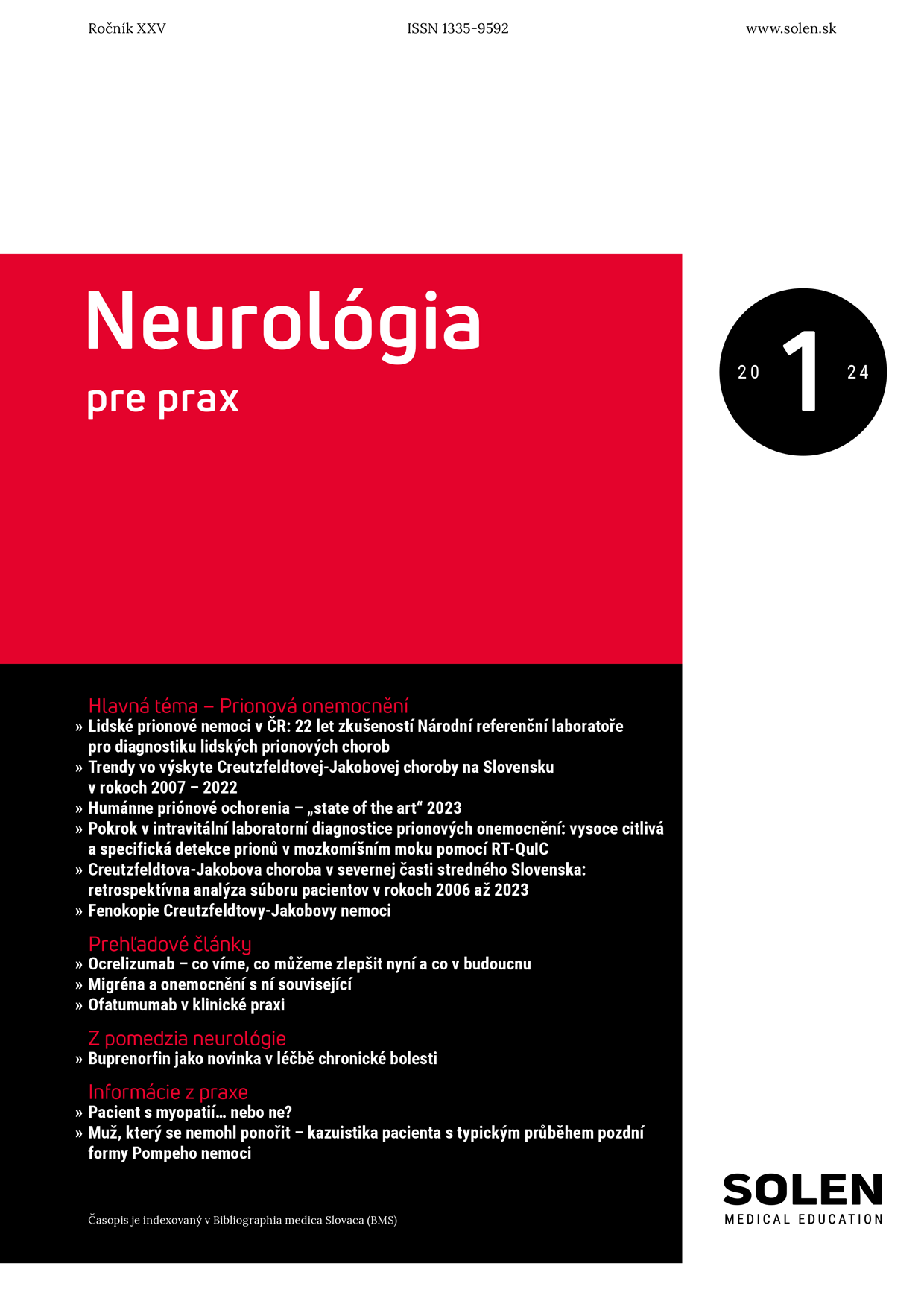
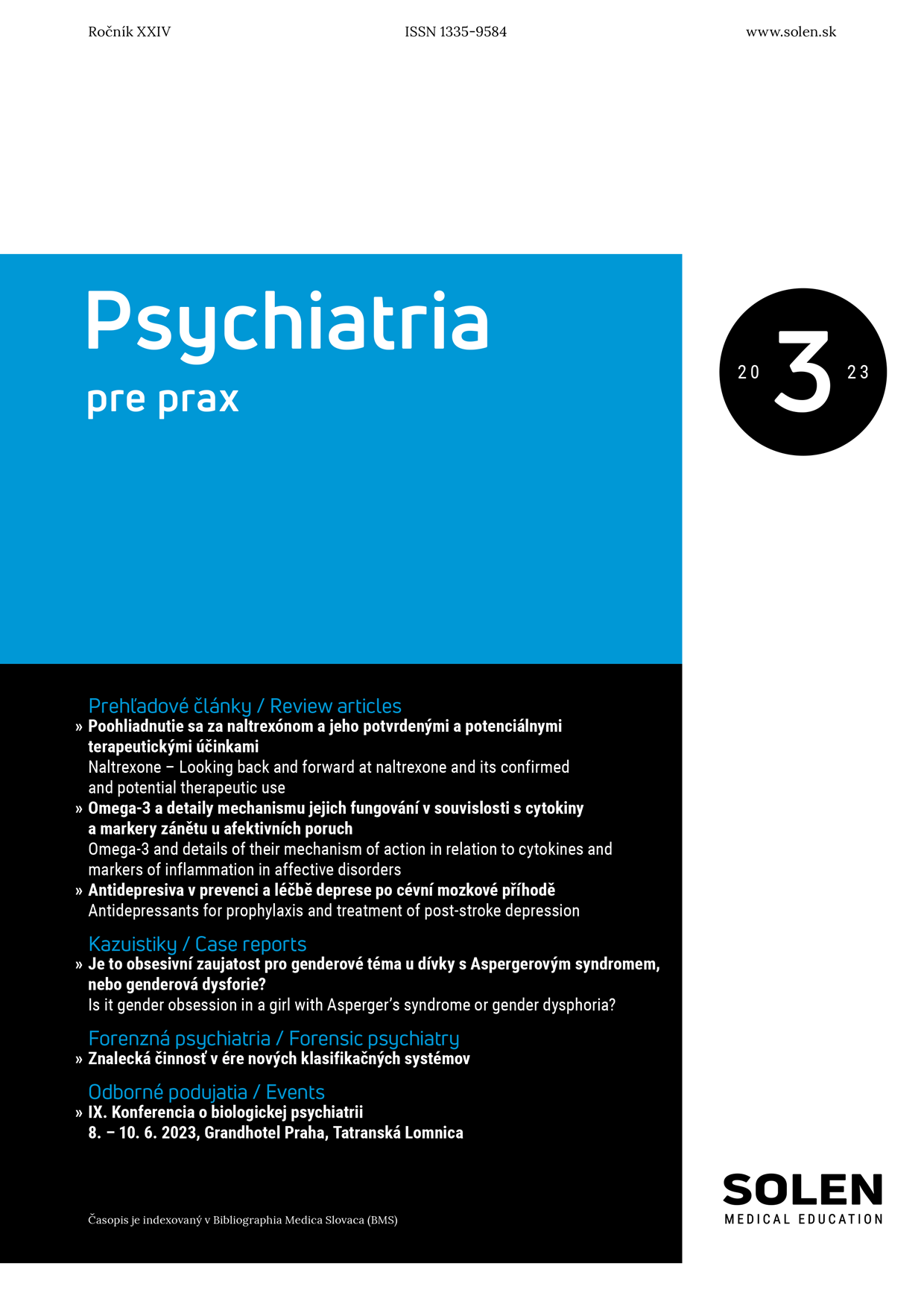
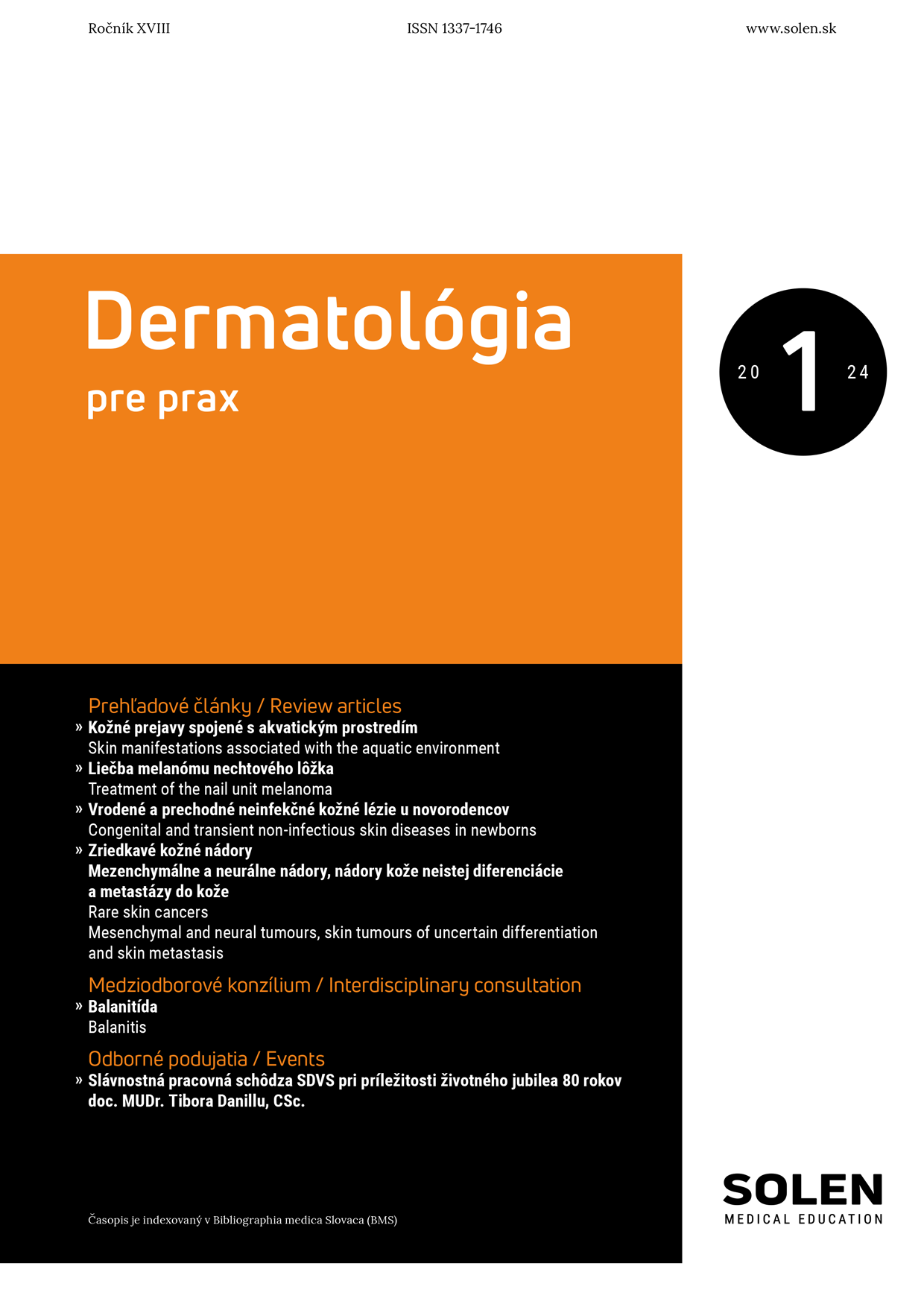
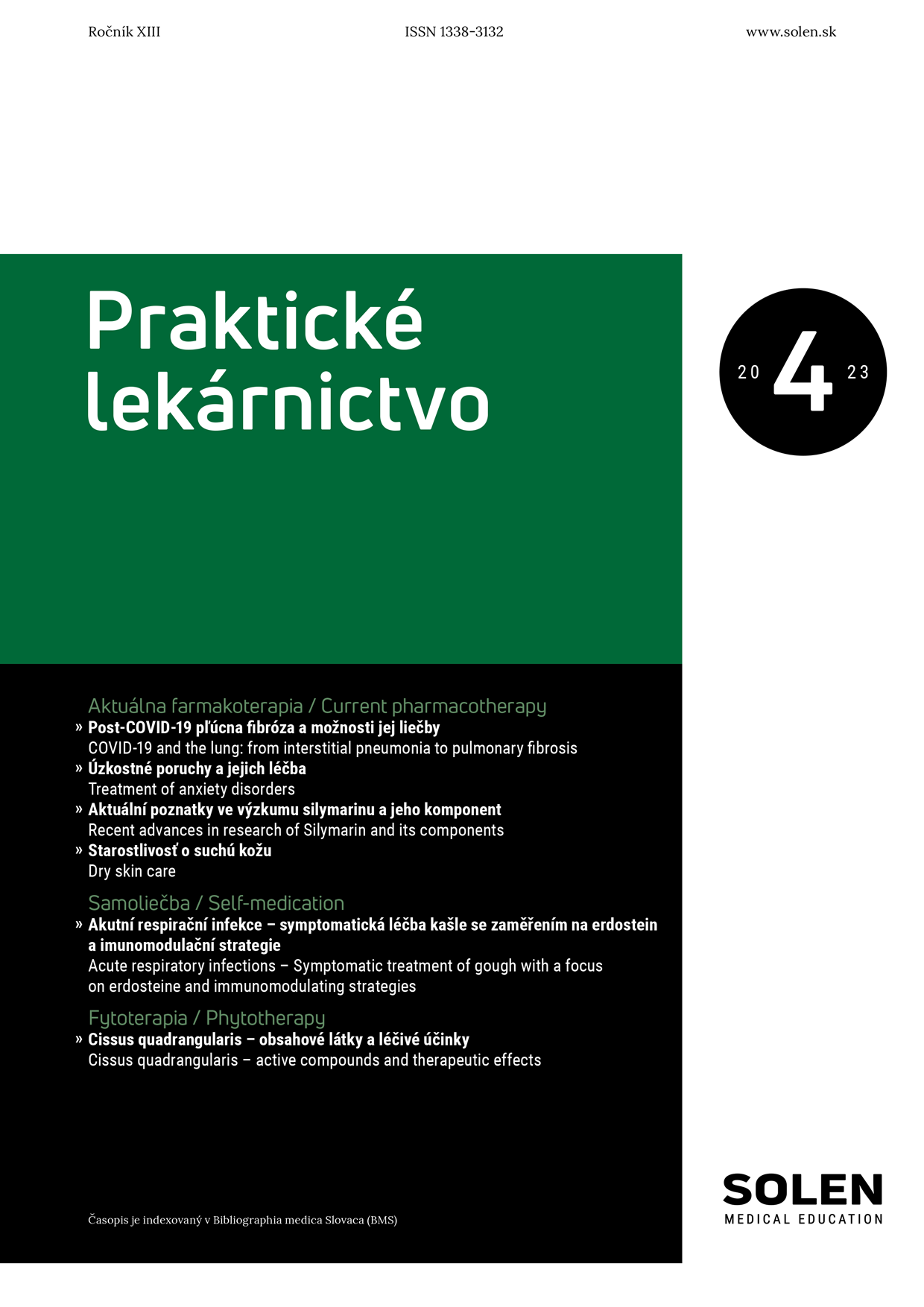
-1.png)
